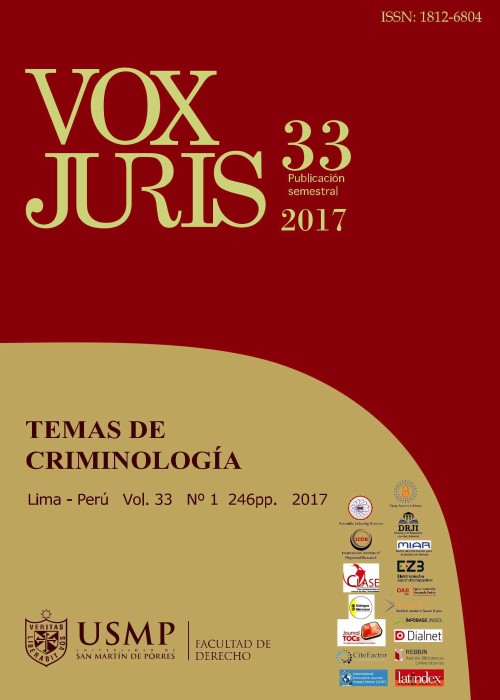Facial identification of emotions: utility in bodies and security forces (local police)
Keywords:
communication, police, emotion, corporal, criminology, non-verbal, utilityAbstract
This research is aimed at assessing if, with appropriate training, police can improve the identification of emotions expressed facially by a person versus those participants who do not receive any training. For this study we have included 11 emotions (7 basic and 4 new ‘added’) in order to identify if the 4 new ‘added’ emotions are detected in the same proportion as the basic ones.
The results show that adequate training in facial identification of emotions substantially improves the cops’ ability to read facial expressions or any other non-verbal behavior. However, it would be interesting to delve into the overall formation of communication (verbal, paraverbal, facial and body) and not only in the facial in order for police to have more and better knowledge in verbal communication that is applicable practice in their functions as representatives of the law.
Downloads
Downloads
Issue
Section
License
Los autores que publican en esta revista están de acuerdo con los siguientes términos:
- Los autores conservan los derechos de autor y garantizan a la revista el derecho de ser la primera publicación del trabajo al igual que licenciado bajo una Creative Commons Attribution que permite a otros compartir el trabajo con un reconocimiento de la autoría del trabajo inicial en esta revista.


